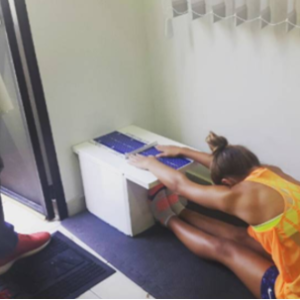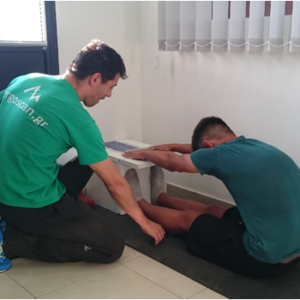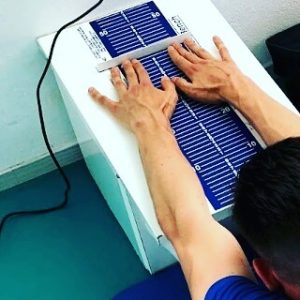Basic Elements
Flexibility describes the ability to move segments of the body (legs, arms, torso, head, etc.) around joints (hips, knees, elbows, neck, etc.). Flexibility of some joints tend to affect performance indirectly and may be desired a minimum level of flexibility to allow the appropriate mobility for a given activity.
Tests
- Hips, hamstrings and lower back flexibility (sit & reach)
- Shoulder and wrist elevations test
- Range of motion (ROM) of specific joints (goniometer)
Results
Therefore, flexibility assessments tend to be used to verify the requisite mobility needed or to identify deficits in specific joints or muscle groups in order to develop stretching programs or manage the training process. As such, results from evaluations of flexibility are typically compared to minimum or average values that reflect acceptable levels of function. Flexibility deficits may be related to injury risk. Although, the implications of this attribute for the most healthy athletes may be of little concern, for those with limited functional mobility may play a crucial role.
Suggested Sports
All the sports (group, individual, martial arts) and other groups of physical, mental, and spiritual practices.
Test Duration
2 min
We provide the assessment tests in:
a) Lab
b) Fields or courts according to teams and coaches needs
Photo Gallery



